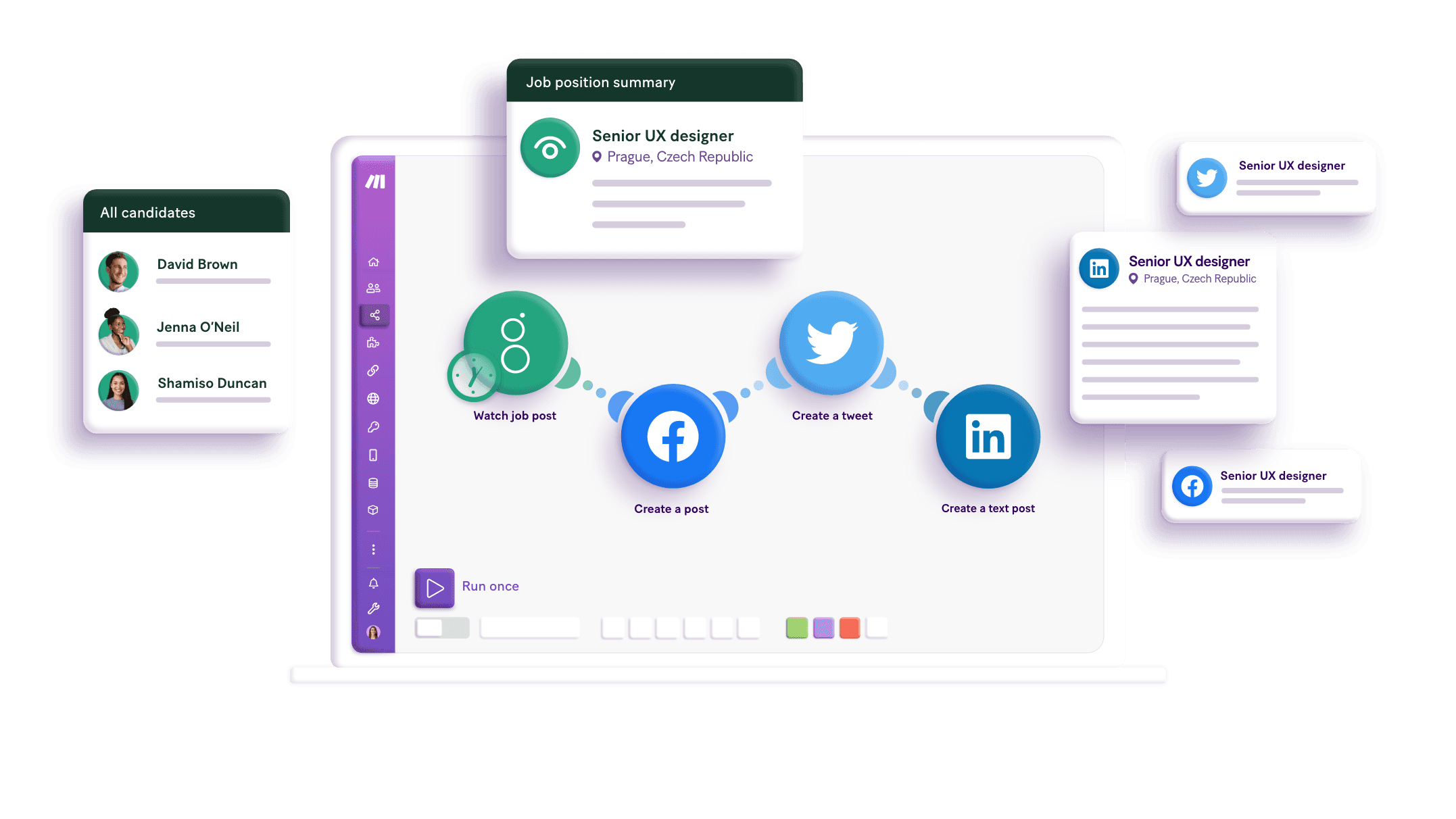Connect Glide and Google Maps integrations
Connect Glide and Google Maps with any of your favorite apps in just a few clicks. Design, build, and automate anything for your work by integrating apps like Glide and Google Maps to create visual automated workflows. Choose from thousands of ready-made apps or use our no-code toolkit to connect to apps not yet in our library.
Trusted by thousands of fast-scaling organizations around the globe
Automate your work. Build something new.
Just drag and drop apps to automate existing workflows or build new complex processes. Solve problems across all areas and teams.

Build your Glide and Google Maps integrations.
Create custom Glide and Google Maps workflows by choosing triggers, actions, and searches. A trigger is an event that launches the workflow, an action is the event.
Add a row to a table
Delete rows from a table
Edit an existing row
Returns the most efficient routes when calculating directions.
Identifies the roads a vehicle was traveling along and provides additional metadata about those roads, such as speed limits.
Get row from a table
Get rows from a table
Provides travel distance and time for a matrix of origins and destinations.
Gets the details of a location by either input address or geocodes.
Popular Glide and Google Maps workflows.
Looking to get more out of Glide and Google Maps? With Make you can visually integrate Glide and Google Maps into any workflow to save time and resources — no coding required. Try any of these templates in just a few clicks.
FAQ
How it works
Traditional no-code iPaaS platforms are linear and non-intuitive. Make allows you to visually create, build, and automate without limits.





